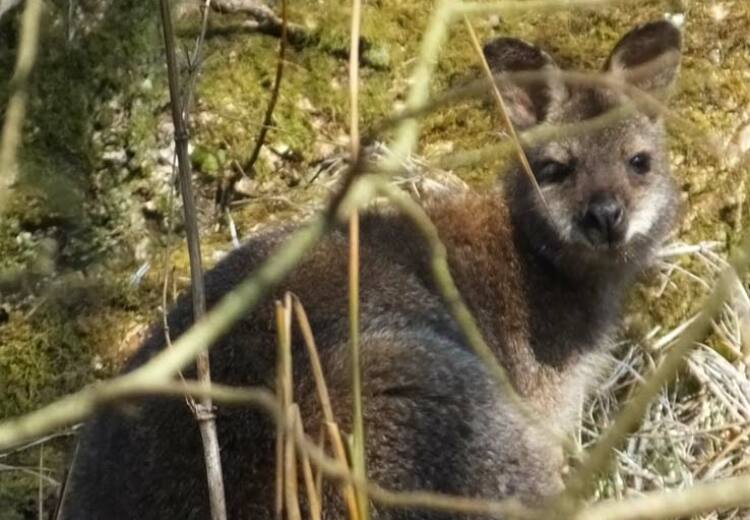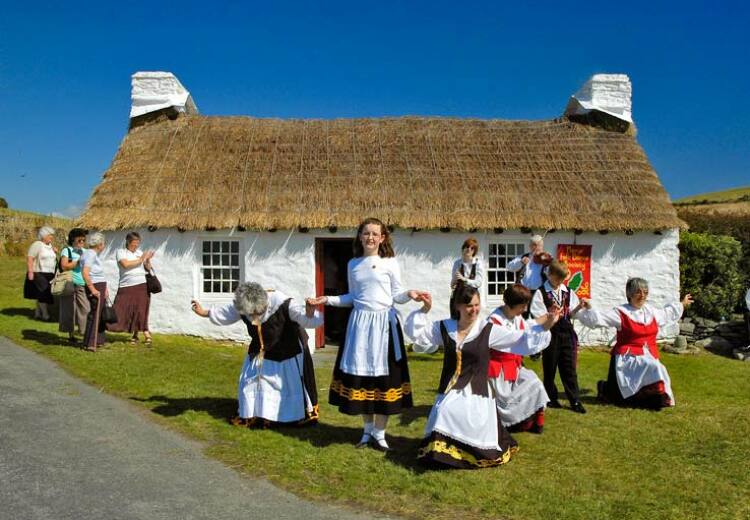Almost 450 people on the Isle of Man took part in the world’s largest wildlife survey earlier this year, new results have revealed. Back in January around half a million people in the UK spent one hour recording what they saw in their garden or local green space as part of the RSPB’s Big Garden Birdwatch.
On the Isle of Man, house sparrows retained their position as top of the tree, closely followed by starlings. Starlings are incredible mimics, and can copy almost any sounds – from car alarms to a crying baby!
It was good news too for beautiful blackbirds (up one position to fifth) and everyone’s favourite, Mr Robin, came in at number nine after being spotted in 93% of local gardens.
Dunnock sightings surged in this year’s survey, meaning the species moved to lucky 13 – up five places on last year.
Meanwhile, colourful greenfinches held on to the top 20 spot. These birds are struggling in other parts of the UK, partially due to the affect of a disease called trichomoniasis, so it’s good to see them thriving on the Isle of Man.
As part of Big Garden Birdwatch, two local schools also took part in the Big Schools’ Birdwatch. Commonly spotted species included carrion crows, herring gulls and blackbirds.
Dr Daniel Hayhow, RSPB Conservation Scientists, said:
“The sight of a robin or blackbird perched on the garden fence is often one of the first experiences we have with nature. To have half-a-million people taking part across the UK is amazing. Using this information we’ll be able to create a snapshot of how our garden birds are doing.” Claire Thomas, RSPB Wildlife Advisor, added:
“Our gardens and school grounds are a valuable space for birds, creating the food, water and a safe place to shelter they need throughout the year. If we all provide these things in our outdoor spaces it will be a huge help to our garden birds, perhaps even playing a role in reversing declines. For top tips and easy ideas on how you can give nature a home where you live, visit www.rspb.org.uk/plan.” Photo - Waxwing Bombycilla garrulus. Adults feeding in hedge of Wild privet. Bedfordshire, England. January 2011. Courtest of Andy Hay (rspb-images.com).







